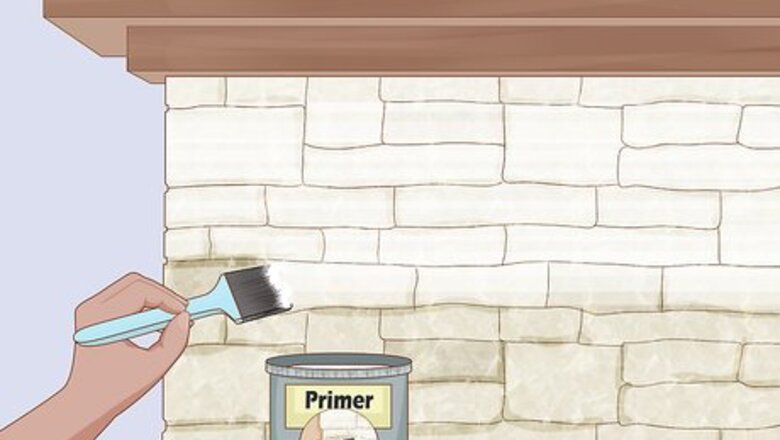
views
Clean the surface before you get started.
Use a wire brush to remove any dirt and make the surface you're painting nice and smooth. Then, scrub the stone with a nylon brush or a sponge. Use a mild cleaning formula such as dish detergent mixed with water. Rinse the wall with clean water to remove any remaining debris. Depending on the type of stone, you might need to use sandpaper or a wire brush to loosen dirt or any small, loose stone fragments. You don’t want to leave any soapy residue, so it's usually a good idea to do a few rinses to make sure all soap is all washed off. If you are able to bring the stone outside, you might also consider using a power washer that is intended for cleaning. Ideally, you should wait around 24 hours for the water to dry, especially if the stone is porous before you attempt to prime it; otherwise you’ll risk trapping water within the stone, which can cause mold and mildew to grow.
Apply primer and let it cure.
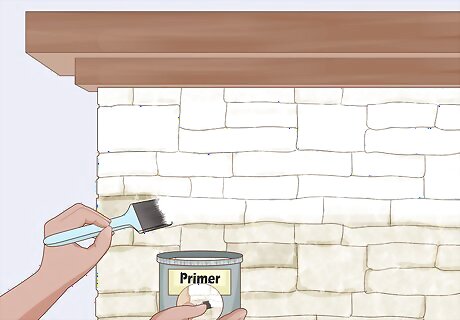
Spread primer on dry stone. Use either a sprayer or a roller brush to apply primer evenly over the surface you plan to paint. Sprayers are faster than brushes and can reach into uneven surfaces brushes miss. They also take longer to set up and clean. Brushes are slower, but it's easier to apply primer evenly with them. Let the primer cure completely before you start painting, and make sure that the dried primer completely covers the stone. Choose a primer specifically made for the stone that you have to be sure your paint sticks properly. In some cases, it might be necessary to apply a couple of layers of primer. If you need to use the same tools to paint that you used for priming, clean them off to remove any residual primer from them.
Paint with even strokes.
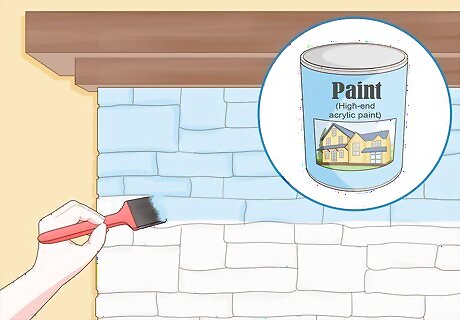
Start painting at the top and work your way down. Dip your brush in the paint again if it starts getting streaky. You want the paint to be applied thoroughly to the primer. When you're finished, check for any spots you missed and touch them up with a small amount of paint. Different tools are better for different types of stone surfaces. Special masonry rollers are designed to be extra fluffy so that they get into the deepest nooks and crannies. Some stone may be so rough that you need to use a sponge dipped in paint. Lime, mineral and high-end acrylic paints are good choices because they are breathable and let moisture out. Avoid most oil-based paints, as they trap dampness, damage stone surfaces and fail quickly because they don't allow moisture to escape. If you're painting indoors, be sure to protect your floors and furniture from drips by putting down dropcloths. Wear old clothes and a dust mask to protect you from fumes while you paint.
Wait for the paint to dry.
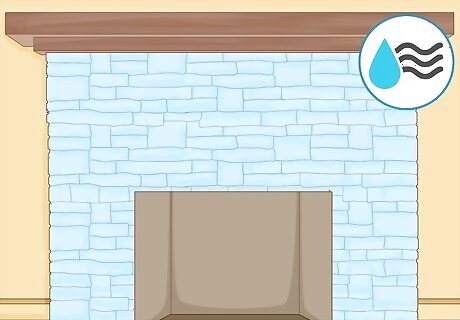
The paint has to be completely cured before you start another project or you risk damaging the top coat. Many types of paint take up to 30 days to fully cure. By that time, the excess water in the paint has evaporated and the paint is hard. Properly cured paint is very hard and unlikely to chip.
Apply a second coat.

You may need to go over the first coat of paint again to cover any spots you missed the first time. A second coat of paint also makes the paint job last longer. Use the same type of paint as before so that the color is uniform and it cures in the same way. A second coat of paint deepens the color of your home so that it stands out. After the second coat has cured, look around for any stray droplets of paint. Gentle cleaning solvents and a scraping tool like a razor can lift paint from many surfaces.










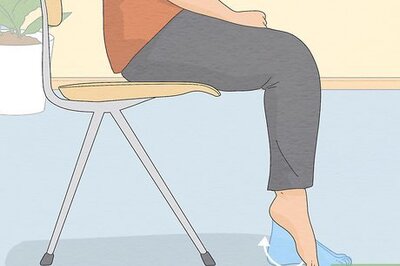







Comments
0 comment